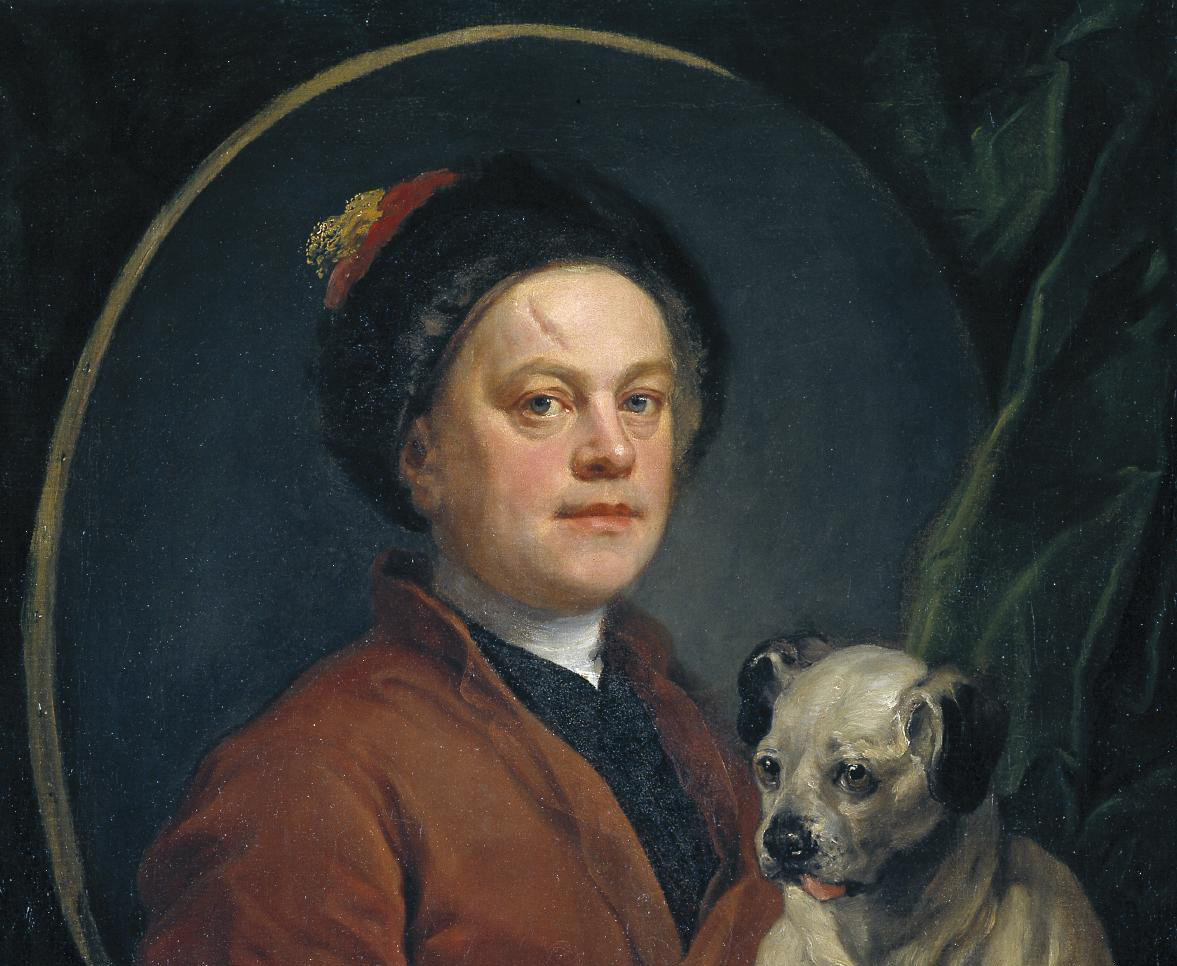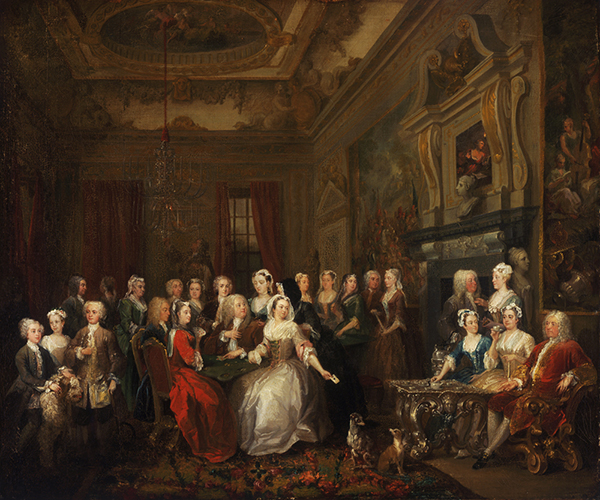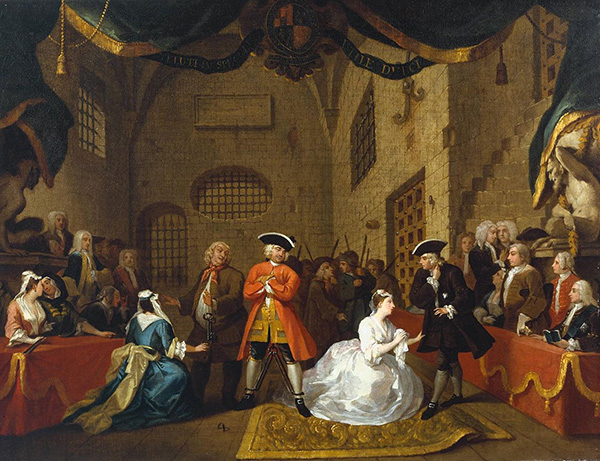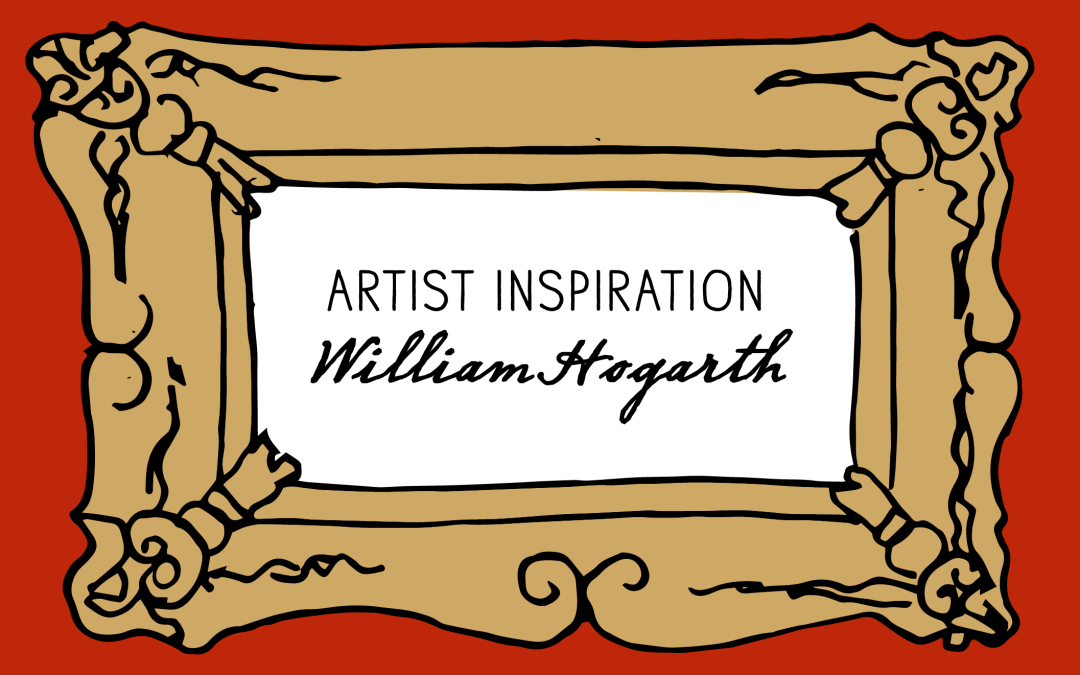



William Hogarth (1697–1764) was an English painter, printmaker, and cartoonist who has been credited with the the creation of western sequential art.
Born to a poor Latin school teacher and textbook writier, Hogarth began an apprenentiship at a young age in engraving. In his youth his took an interest in the street life in London, and began to sketch the characters he saw. By 1720, Hogarth was an engraver in his own right and began his early satrical works. In 1731 Hogarth completed a series of paintings on morality—A Harlot’s Progress— which were his first works that gained him an recognition in the art world. These works were pirated by other print sellers, forcing Hogarth to go to parliment to fight for more control over the repoduction of artists’ work, making him responsible for the Engravers’ Copyright Act. Coming into law in 1735, it was the first copyright law to do deal with visual work and the authorial rights of an artist.
Hogart’s paintins and prints have been inspirational for not only other visual artist, but other genres of fine arts as well. Several of his painting series have been the inspiration for theaterical preformances. His influence is still seen today in caricature art.
The Assembly at Wanstead House / The Tête à Tête, 1743 / The Beggar’s Opera VI, 1731



